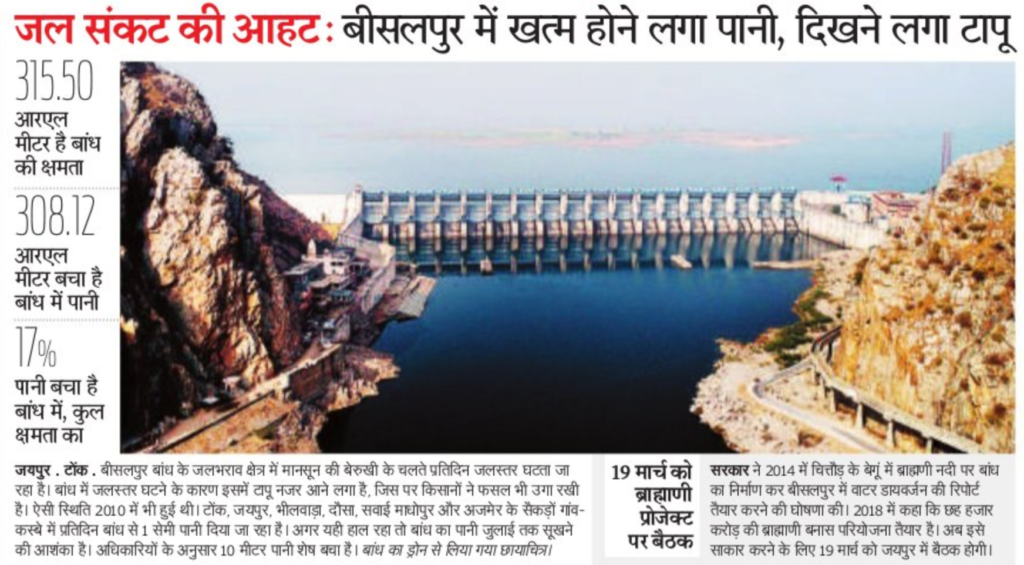A lonely old fish while swimming in a small pond of water saw a group of young fishes playing with each other. The lonely old fish swam up to them – smiled and politely asked, ‘How is the water’?
The young fishes being too busy in their game ignored the elderly fish and ran away to another corner of the pond and continued playing. When their game was over one of the fishes asked the others – that old fish was asking about something called water. What is water?
A dozen young fishes kept pondering while swimming in water but could not figure out what the so called thing Water was!
The old fish had seen many of its friends & loved ones perish due to the lack of water when most part of this pond had dried during the drought. The old fish had experienced the tough times when it had struggled to survive in a small puddle of water which remained in one corner of the pond. The old fish knew the importance of water and how their survival depended on water. The old fish had wisdom from experience.
The younger lot were born in water and had seen abundant water all around them all the time so they found the presence of water to be so naturally normal that they did not even recognize its presence – let alone value it.
The moral of this story is that we must treasure and make use of the experience of people, beware of their concerns and seek their wisdom in solving problems.
Those who anticipate a problem and work towards a solution before it occurs are the ones for whom the problem becomes a no problem.
We at SILVERON have been explaining the reasons behind the build up of our water woes and how we should prepare to address them so that we have availability of water for our future generations.
In our previous blog post, we explained that once water is removed from a region at a rate faster than it can be replenished by natural processes, that water may be lost forever.
We should recognize that the water being exported from a surplus region into a deficient region in any form has no impact on the ground water situation of the receiving region. Meanwhile, the water-surplus regions become dry once their resources have been looted triggering a gradual desertification in due course of time.
Alongside the examples of the Aral Sea in Kazakhstan, Lake Naivasha in Kenya, we had called out the Bisalpur Dam in Rajasthan, India from where huge quantities of water is being pumped on daily basis to supply drinking water to far off urban centers in this desert state.
When water is taken out from its natural water basin – by pumping through pipelines or as bottled water directly or indirectly hidden in farm produce like almonds, pistachios etc., the ground water aquifers get dried and this leads to damage of the natural habitat and biodiversity and finally the entire ecosystem of the area is disrupted.
The cardinal lesson that water is an important asset of the local area and should remain within that area because it is the central factor around which the entire ecology of that area revolves.
Unfortunately, the news report on Bisalpur Dam published on the first page of the state & national newspaper of the 16th March 2019 endorses our anticipated fears as the water levels in the Bisalpur Dam drop below levels where it cannot sustain supply to urban areas.
The following recent news stories on the Bisalpur Dam report on this crisis:
The current position of Bisalpur dam is 308.16 meter which is enough till August, 2019 but if rainfall remains scarce this year as well, the state will face a drought-like situation
Times of India Report, 19 March 2019

The headline translates as WATER CRISIS KNOCKS: Water exhausting at Bisalpur, islands become visible.